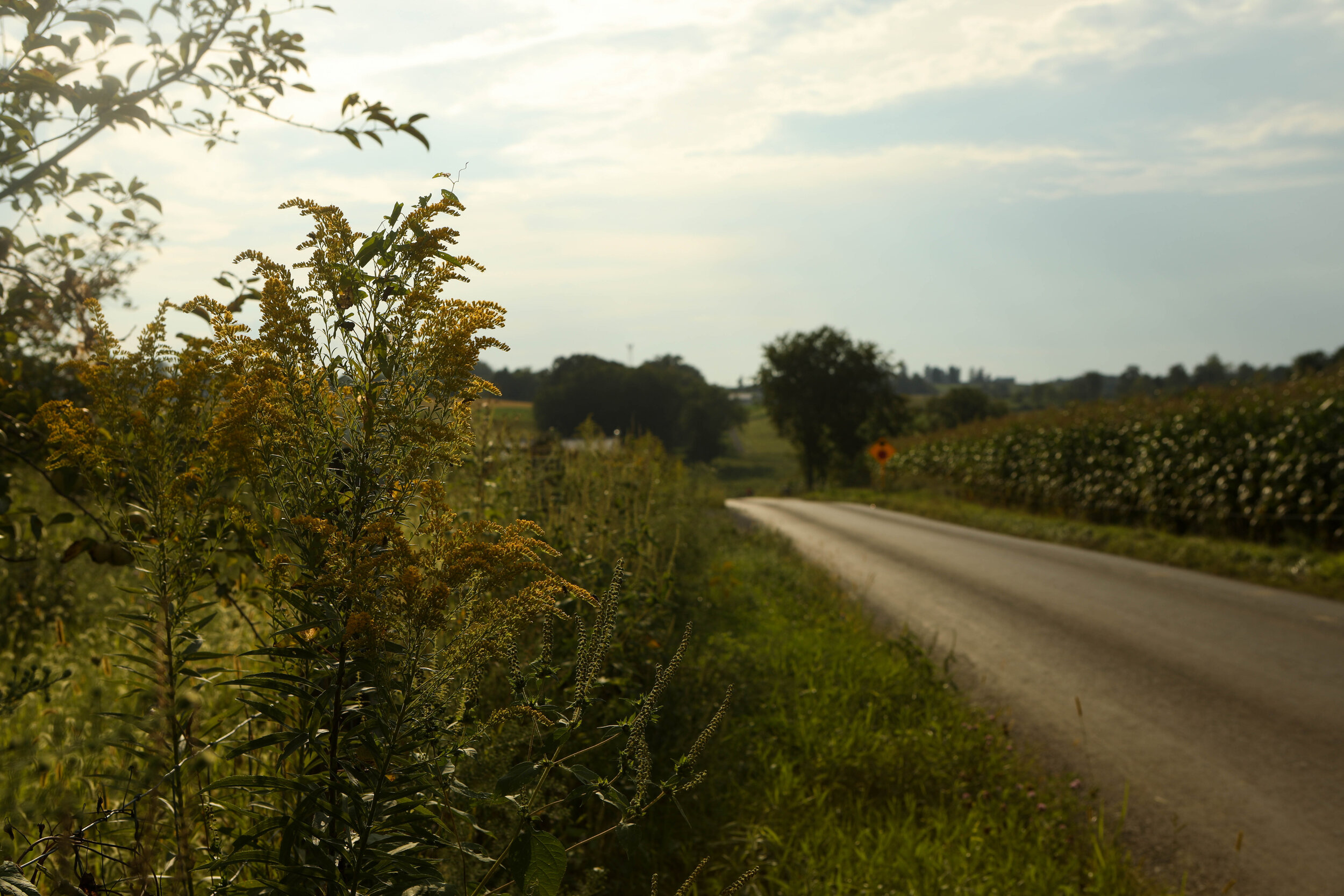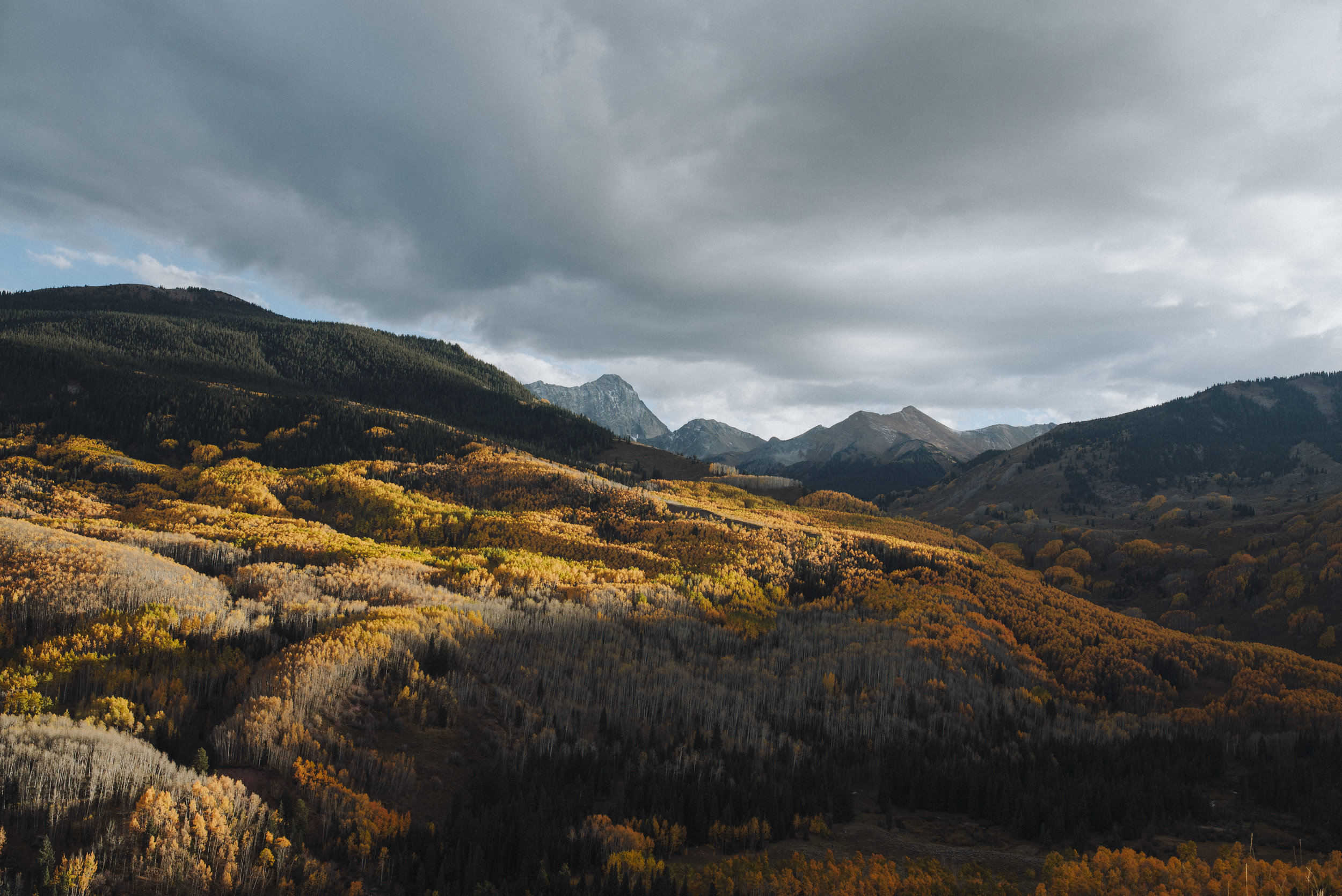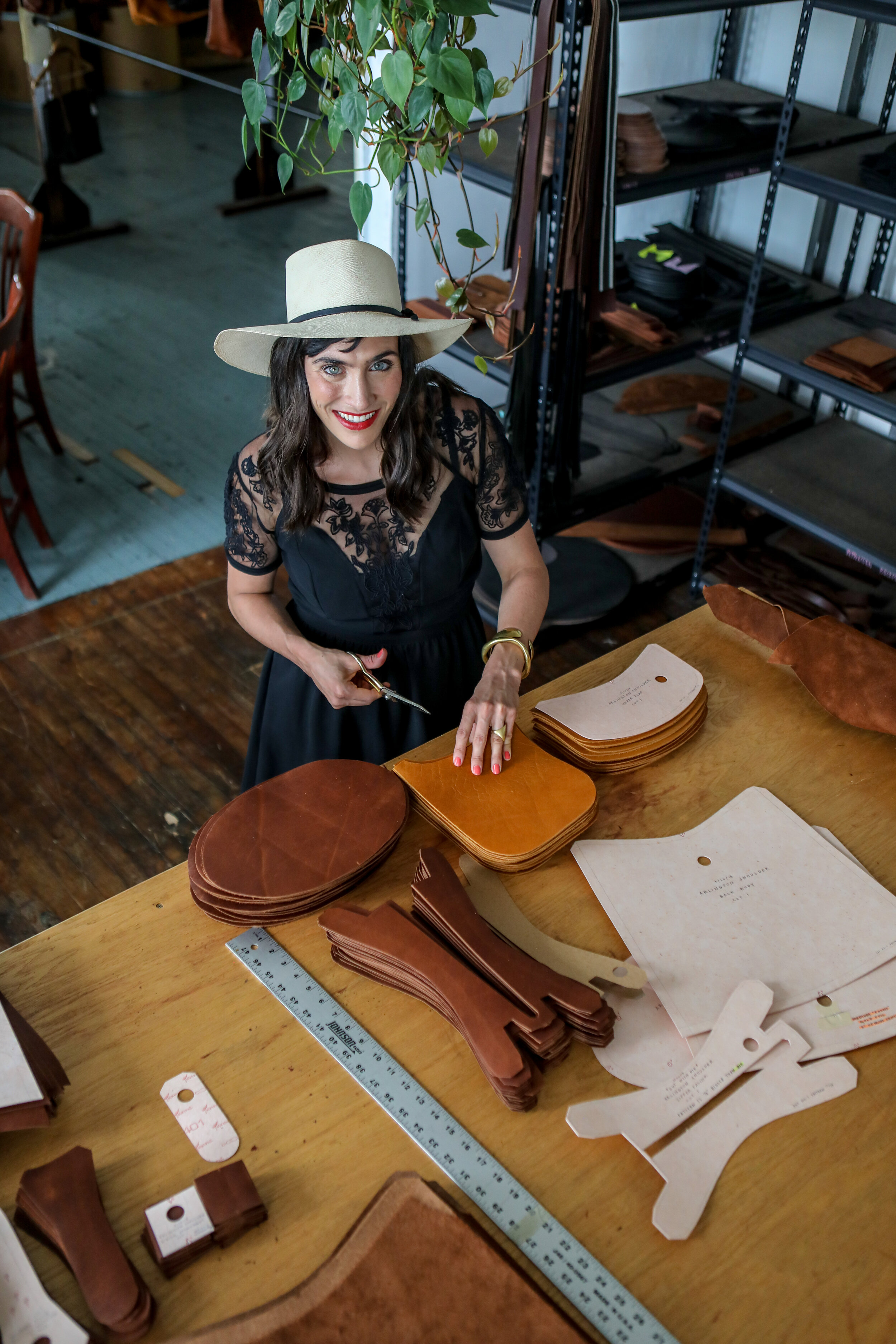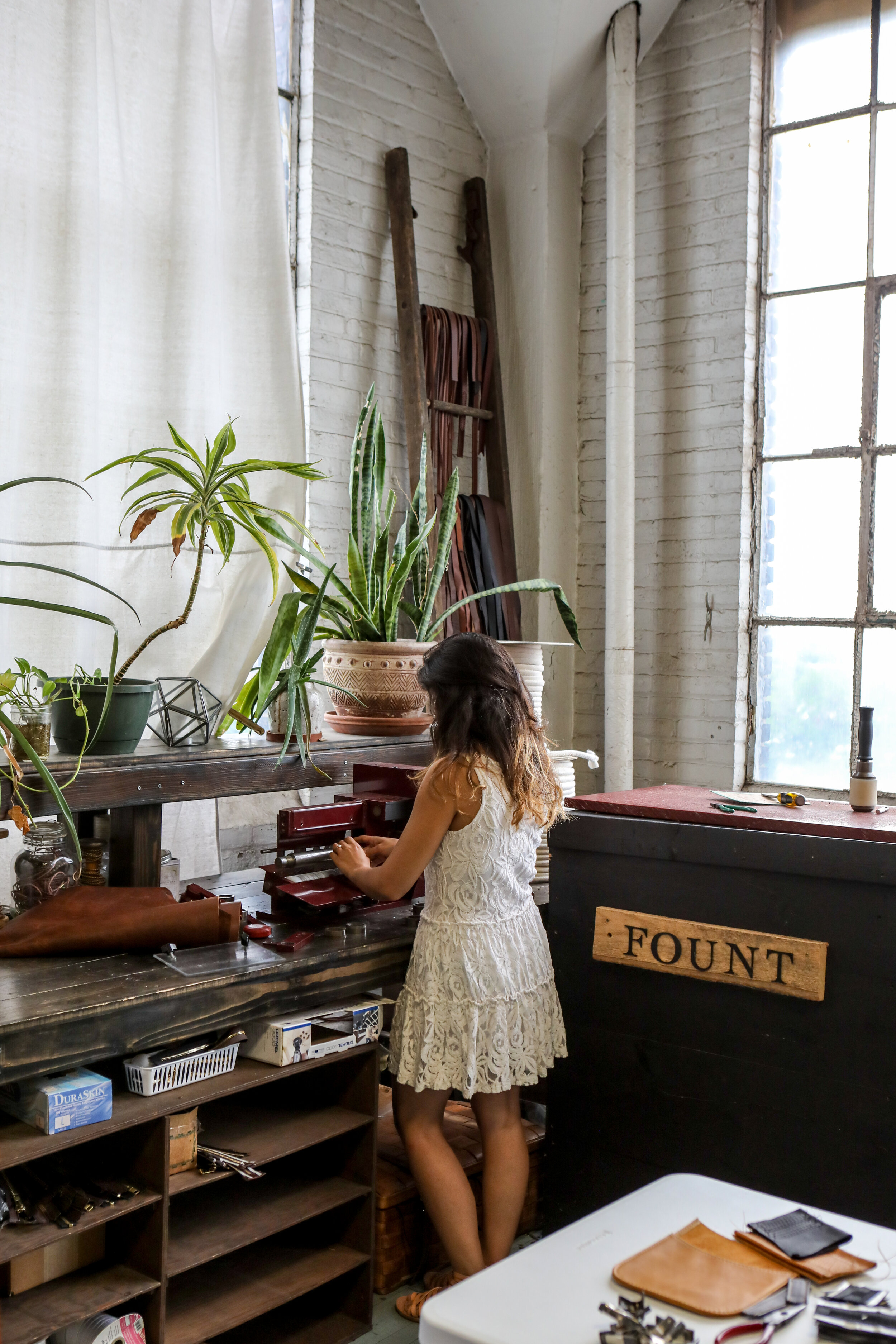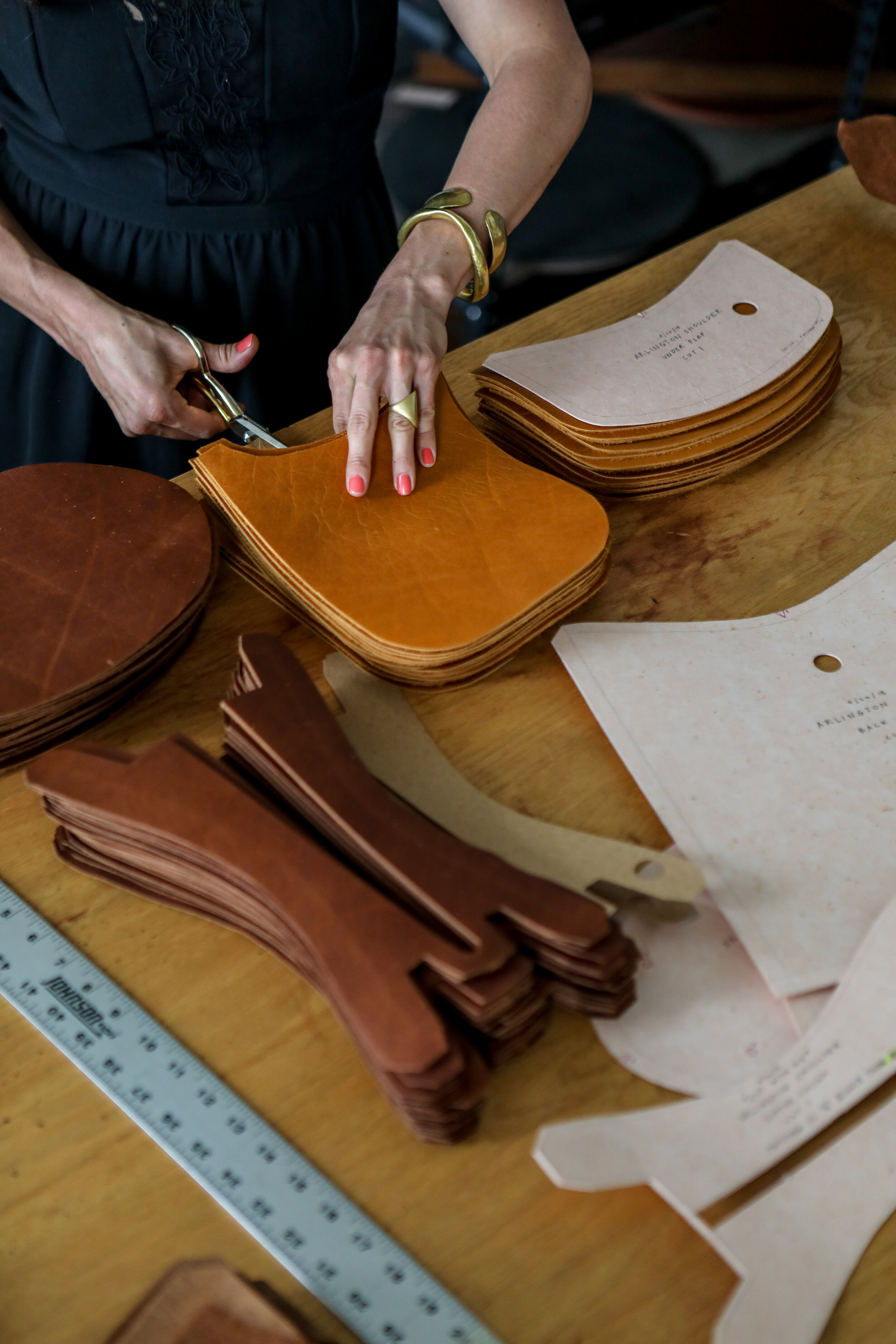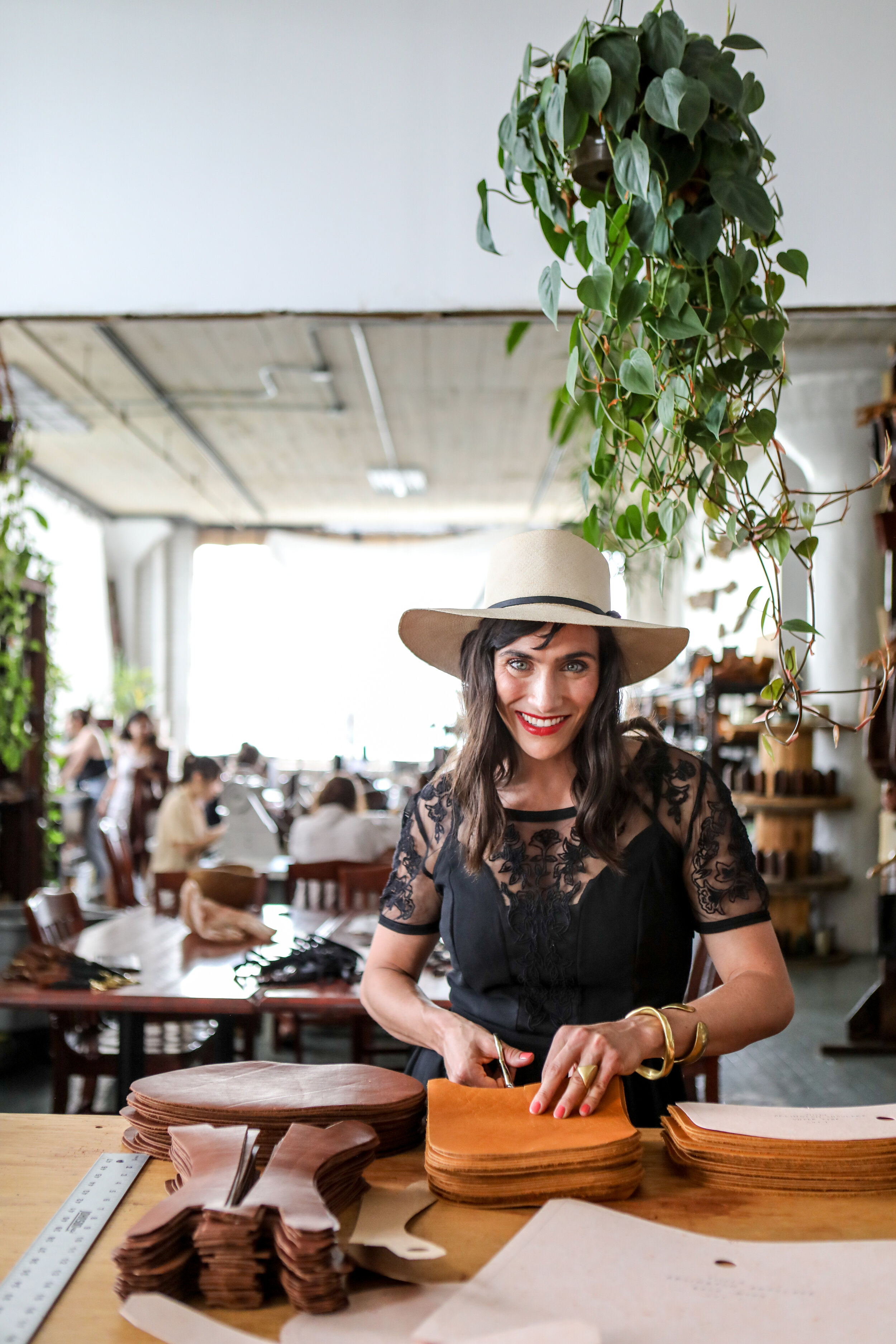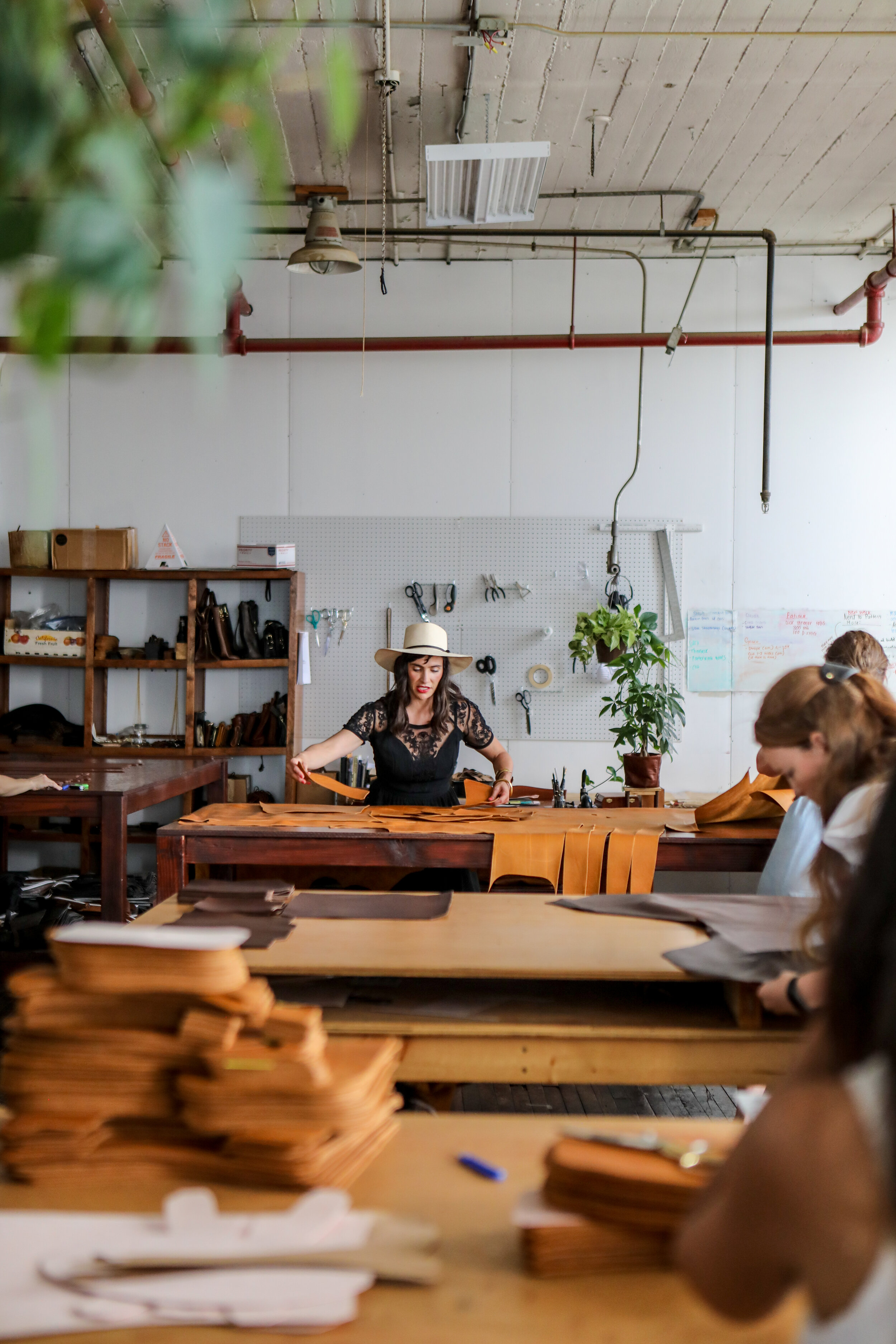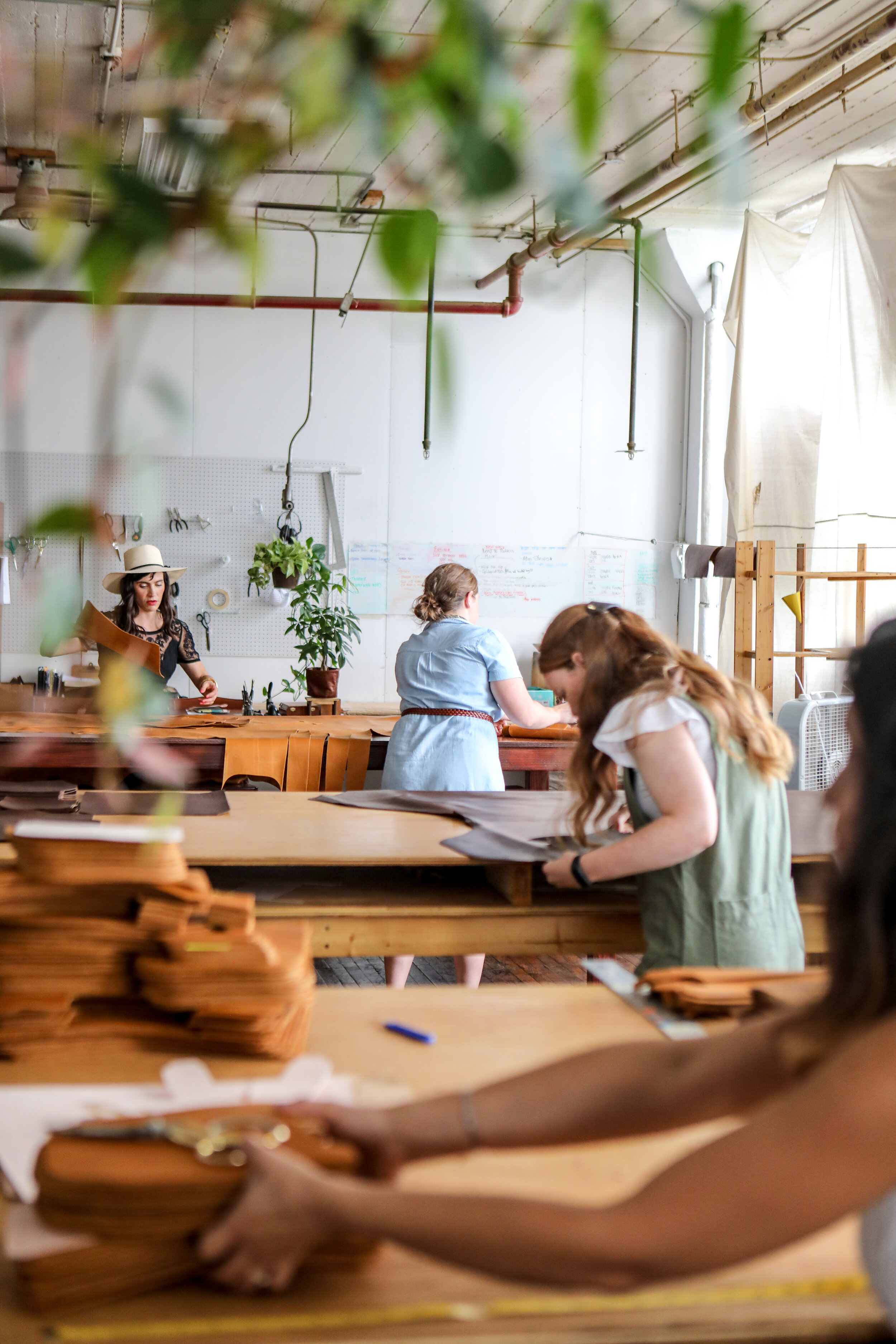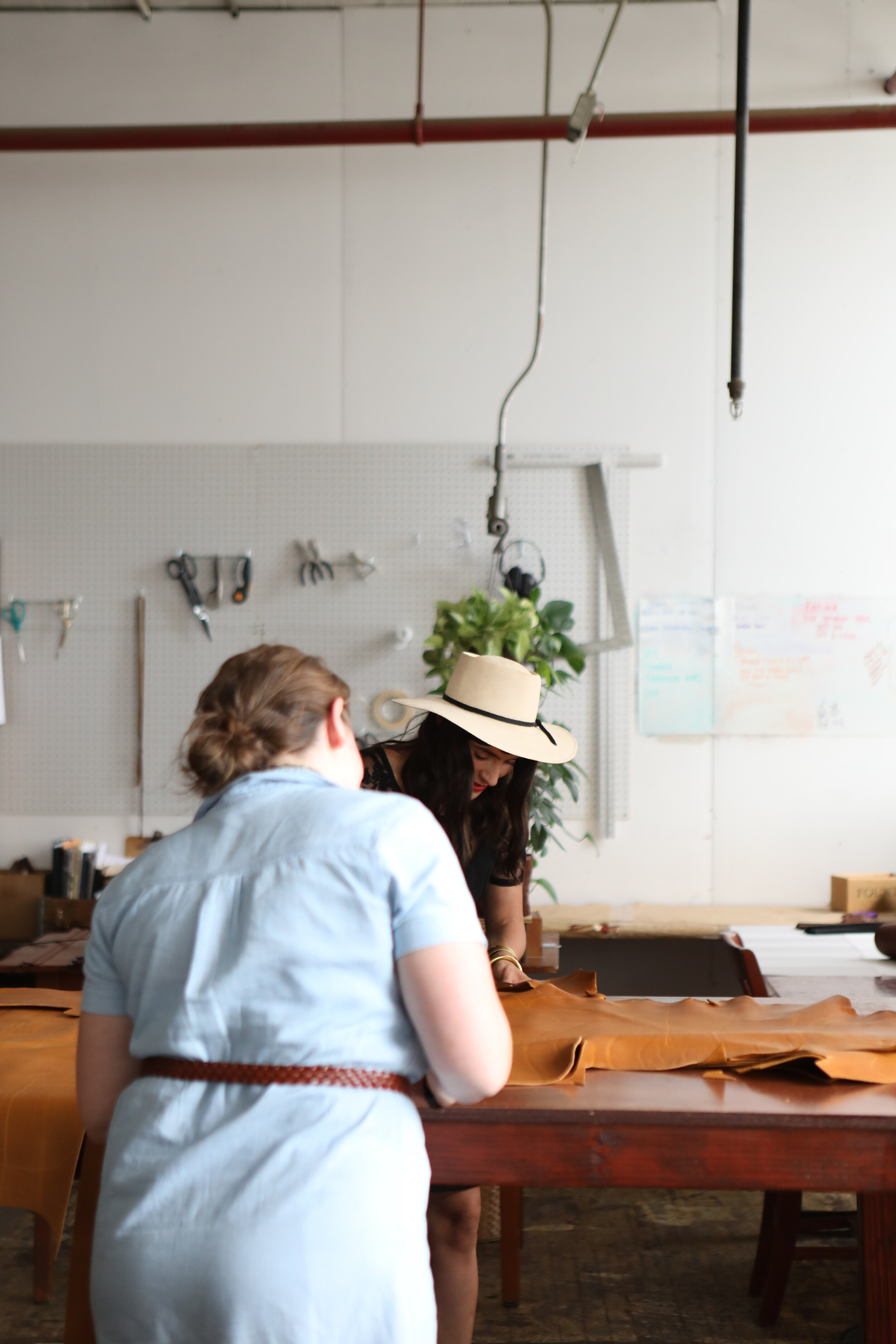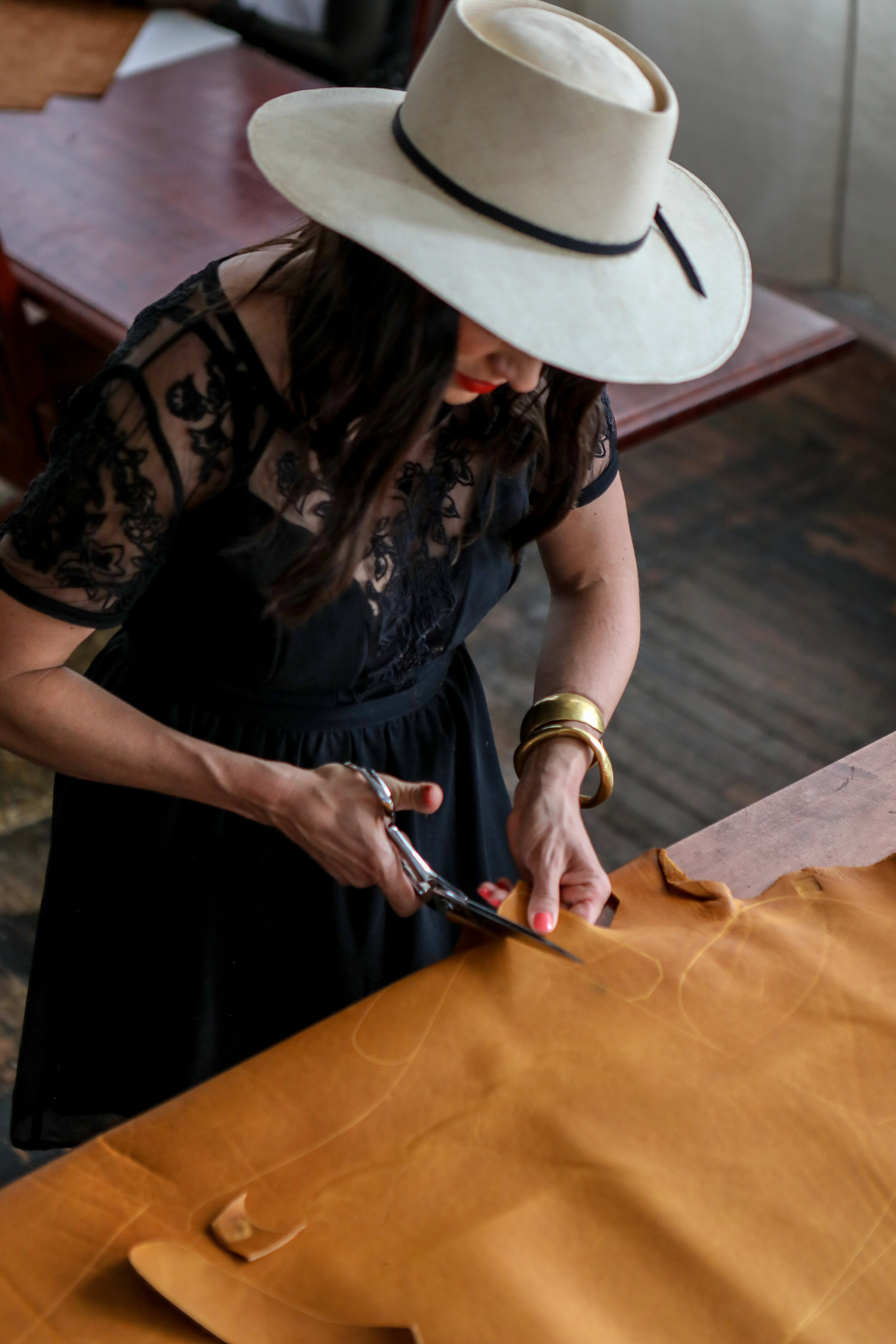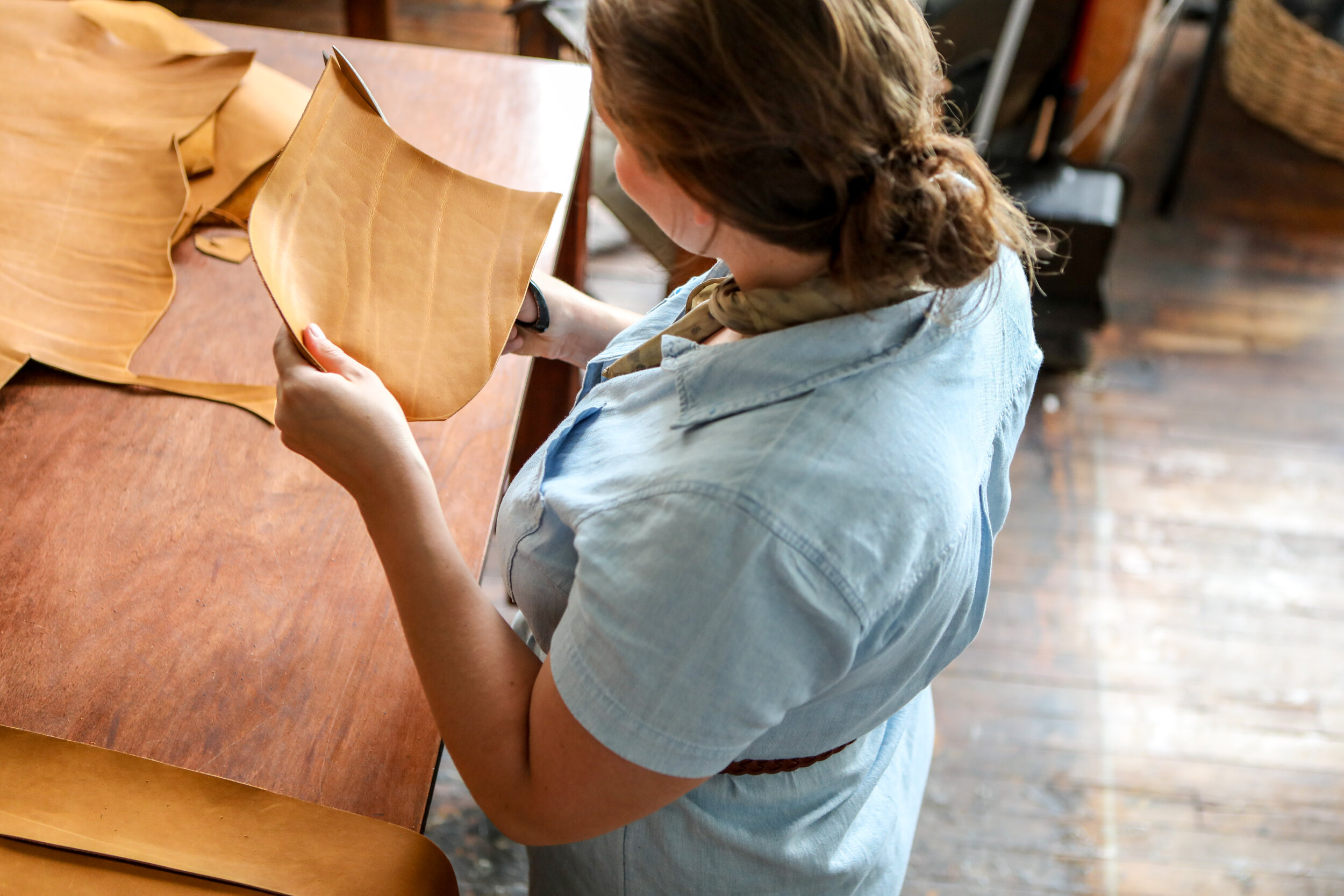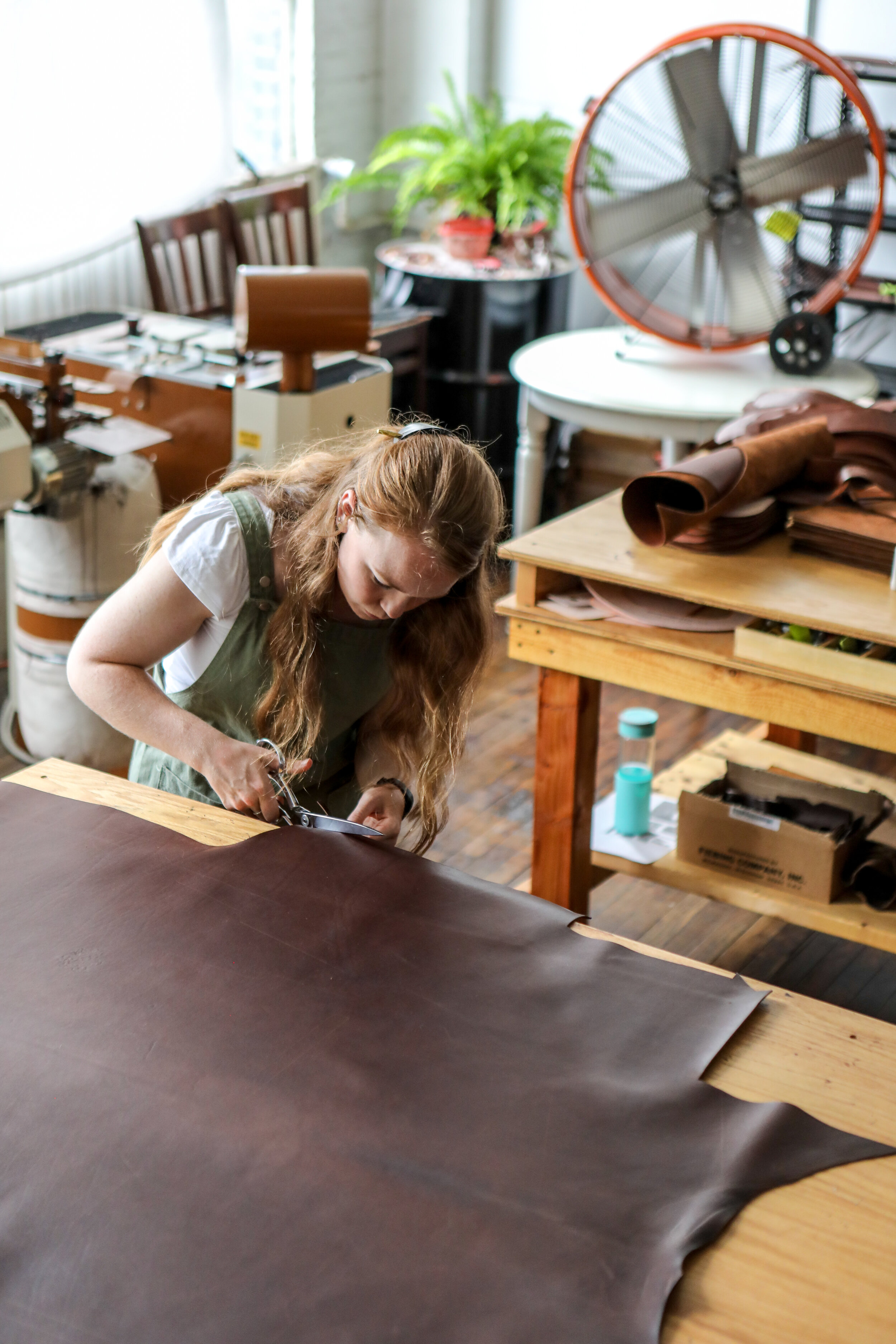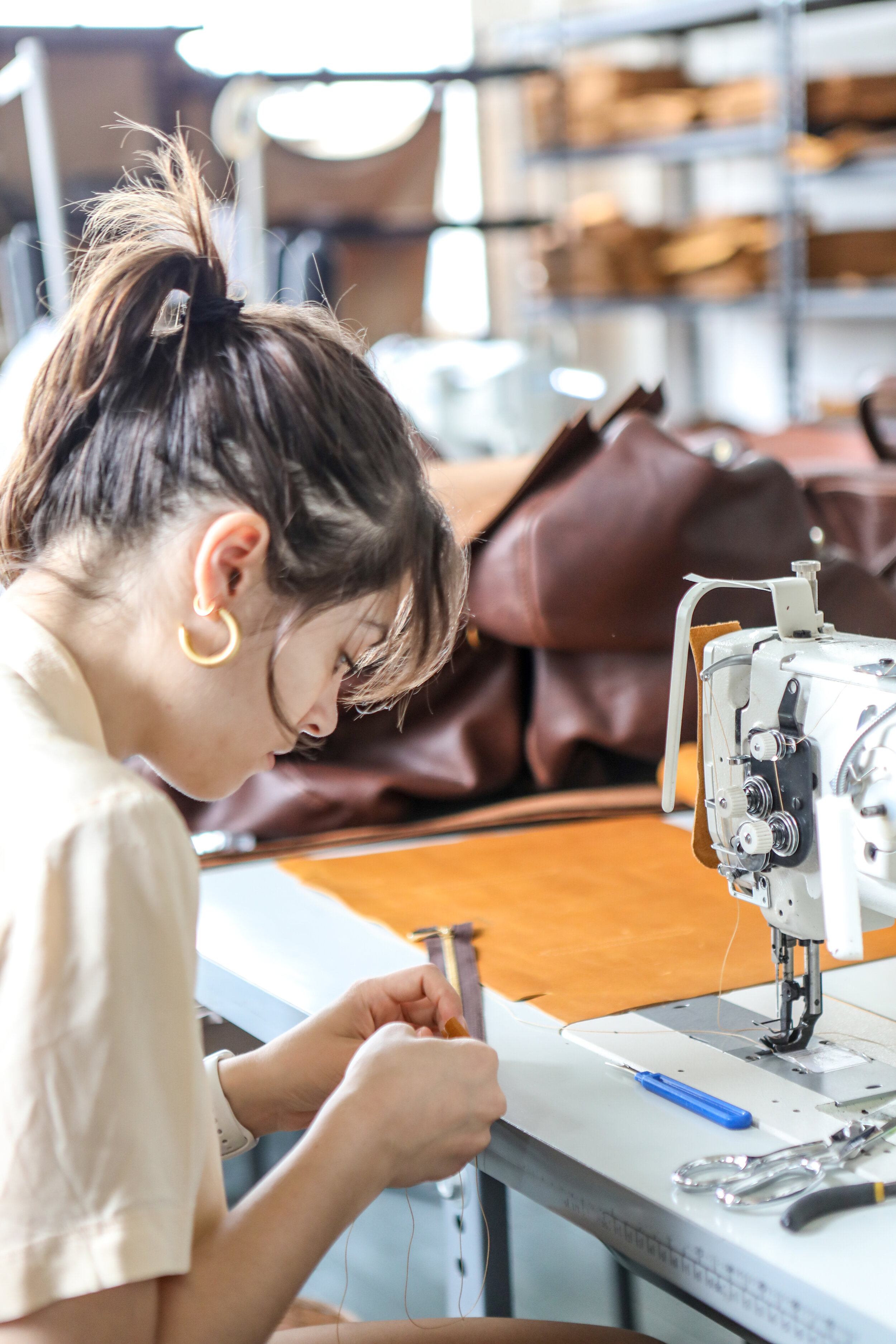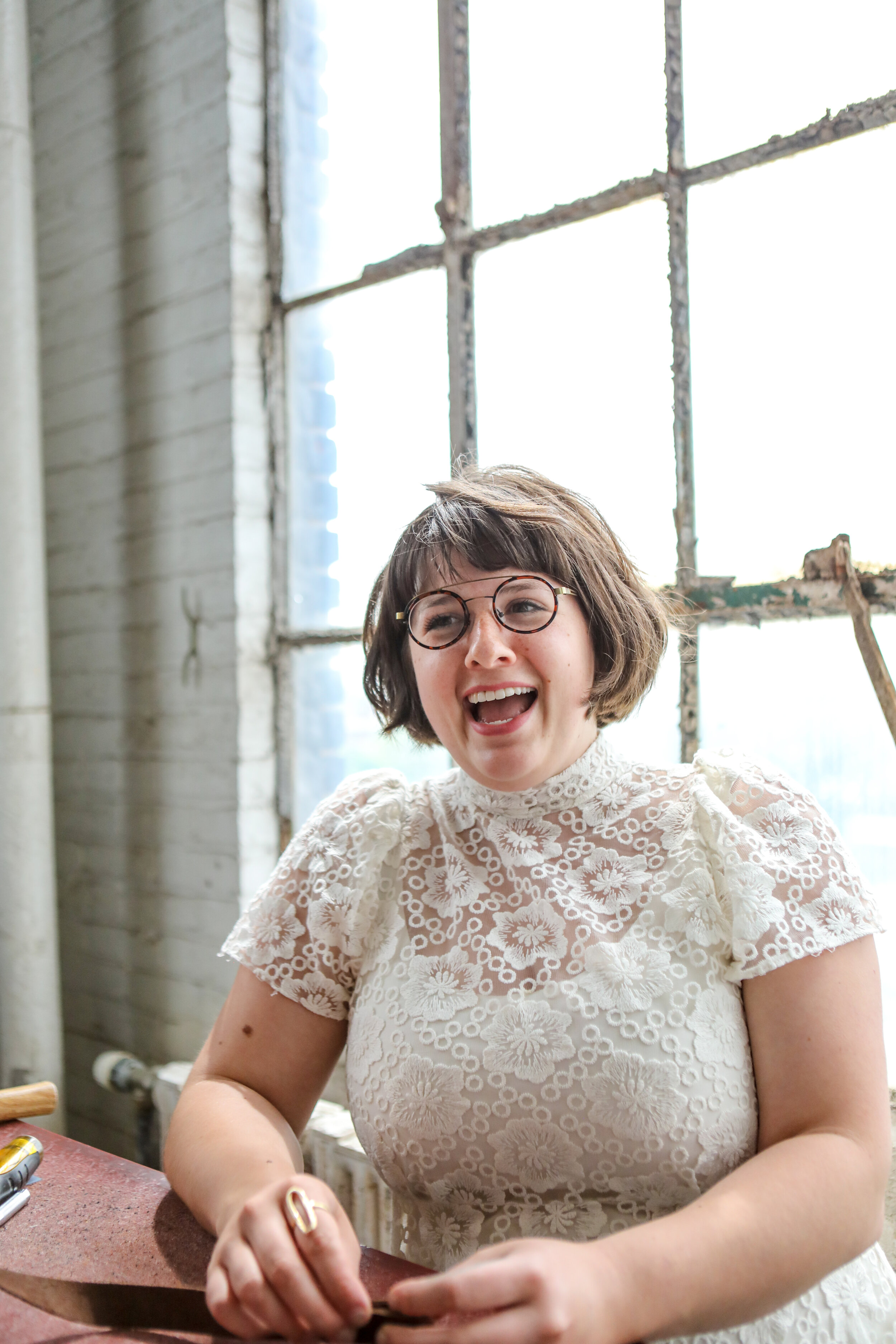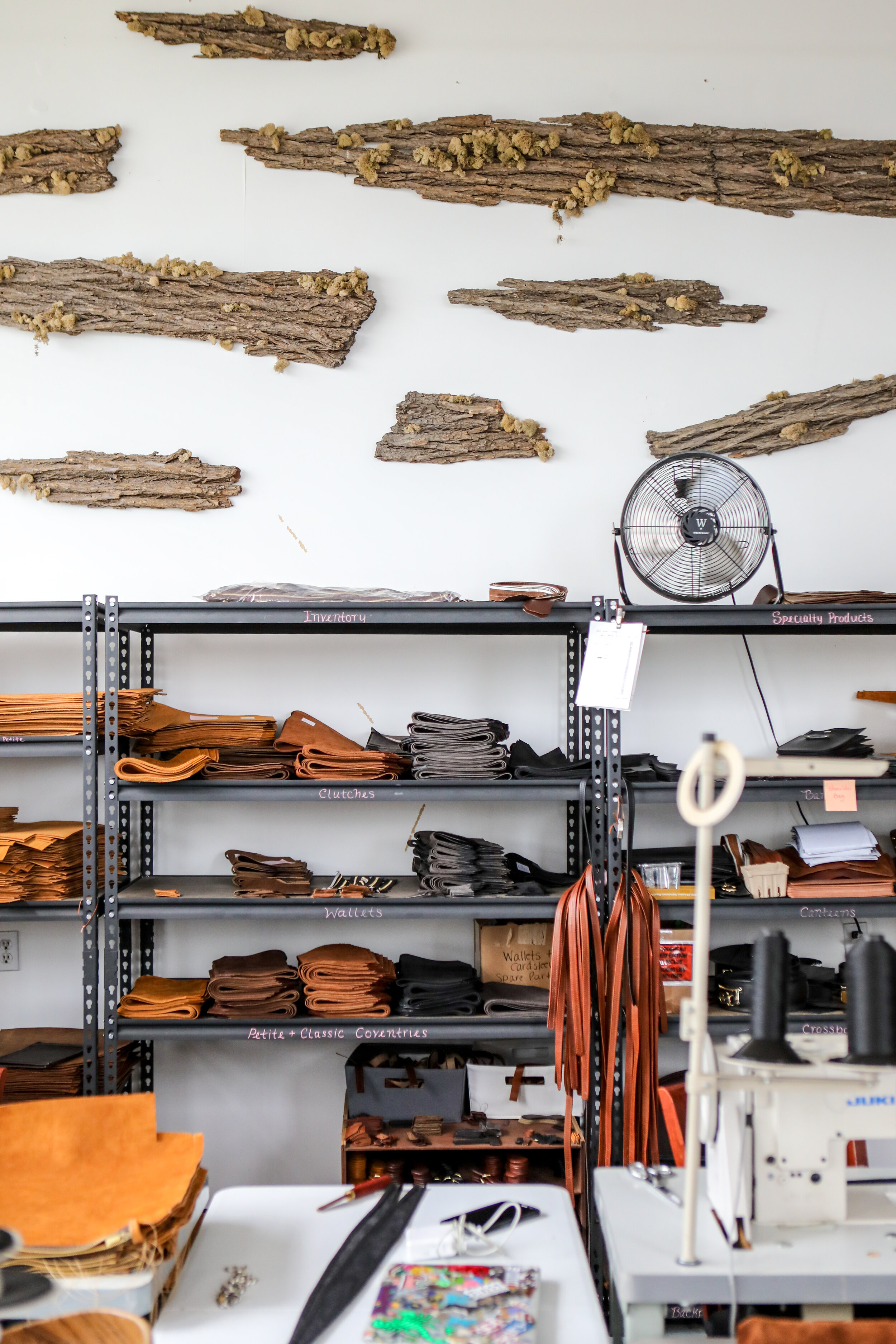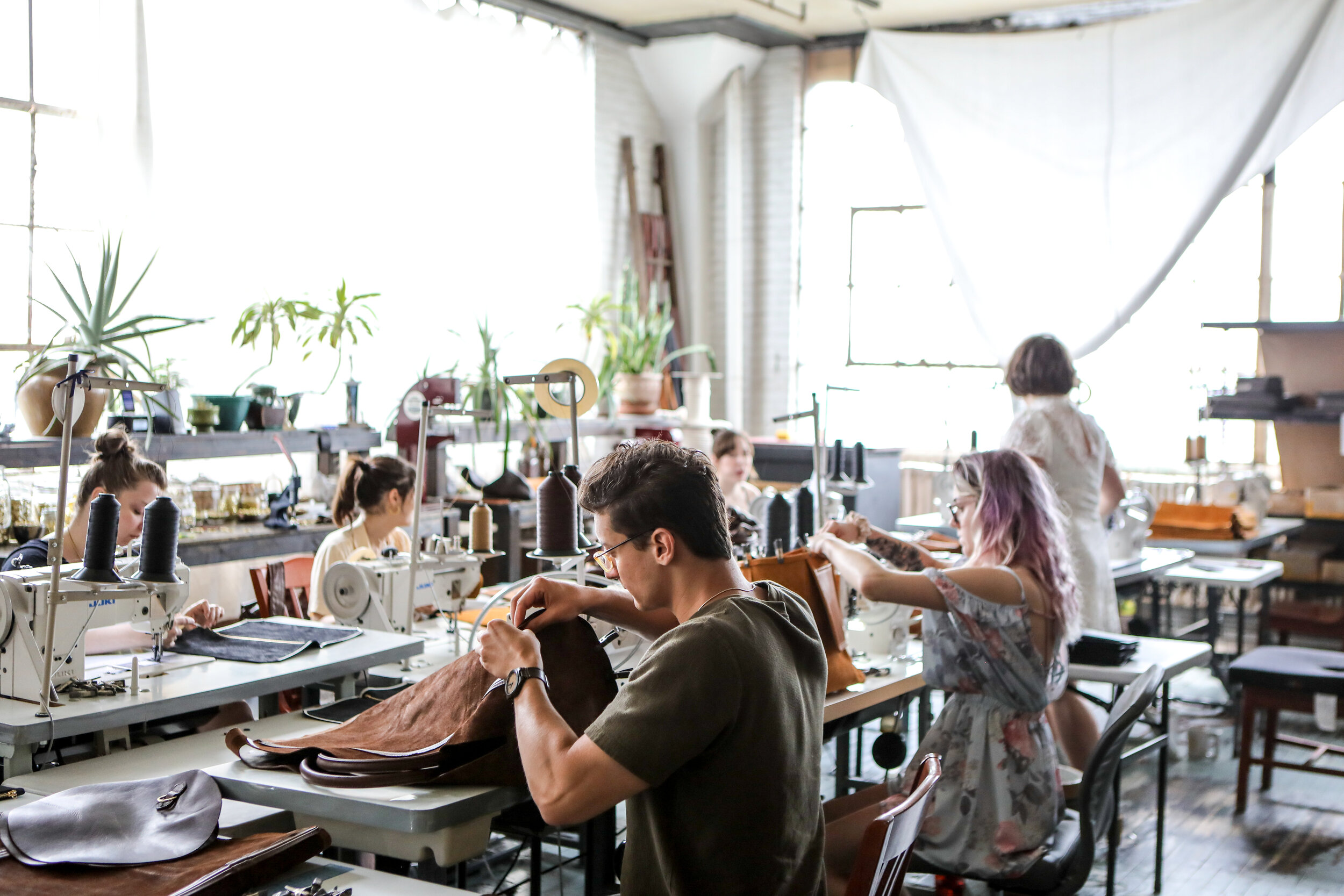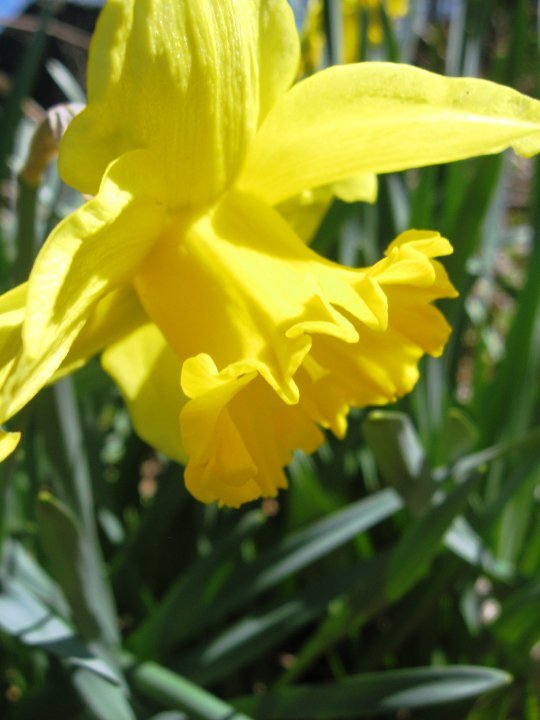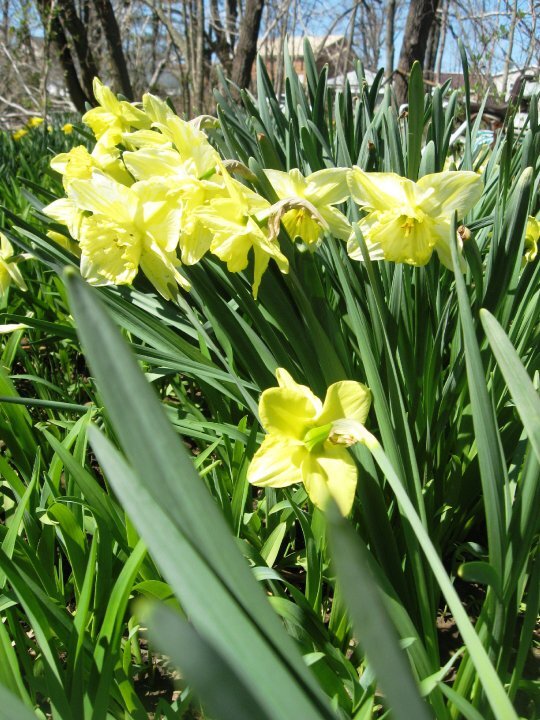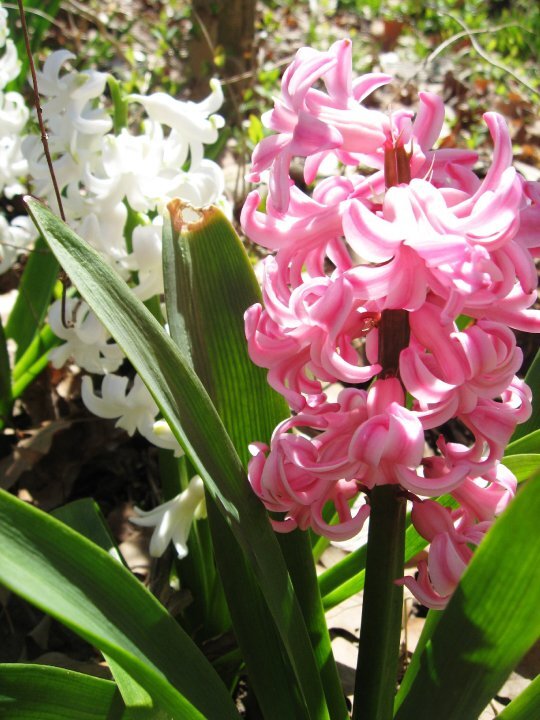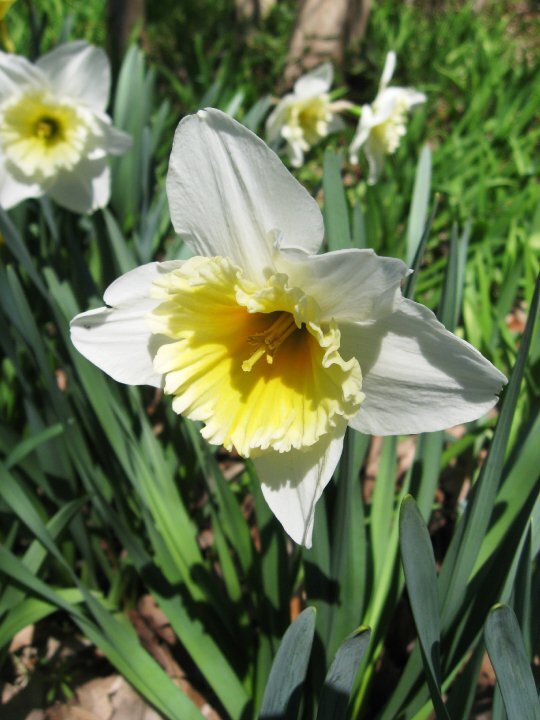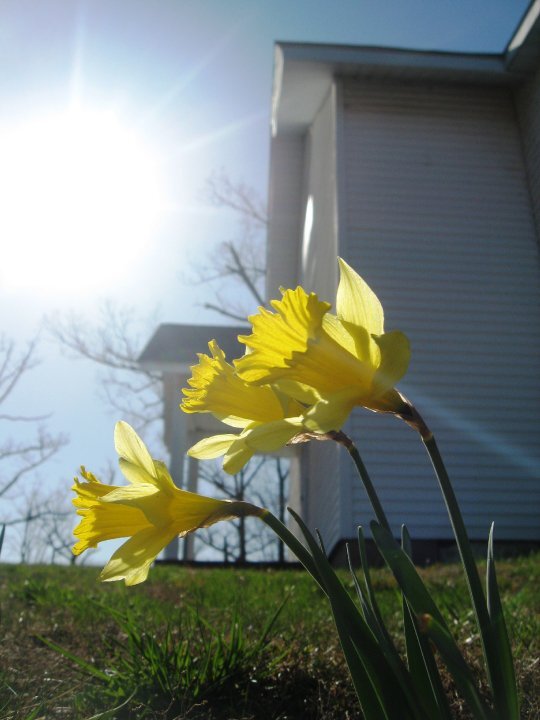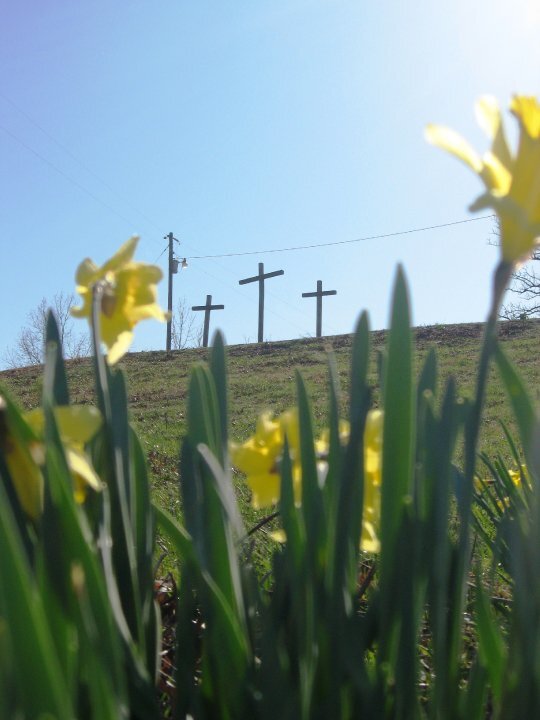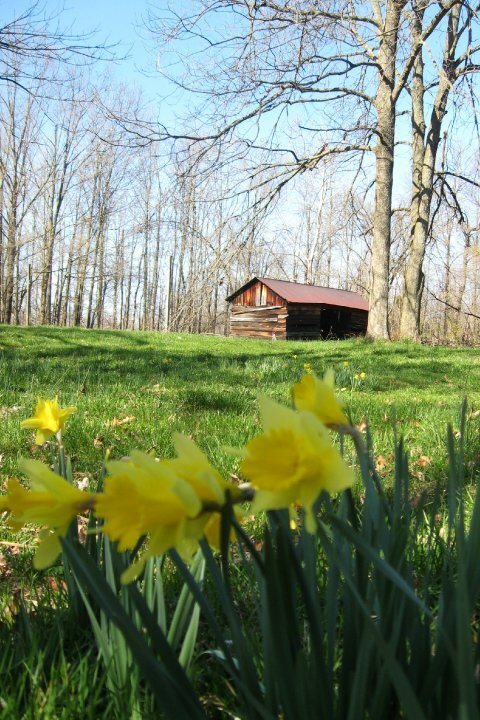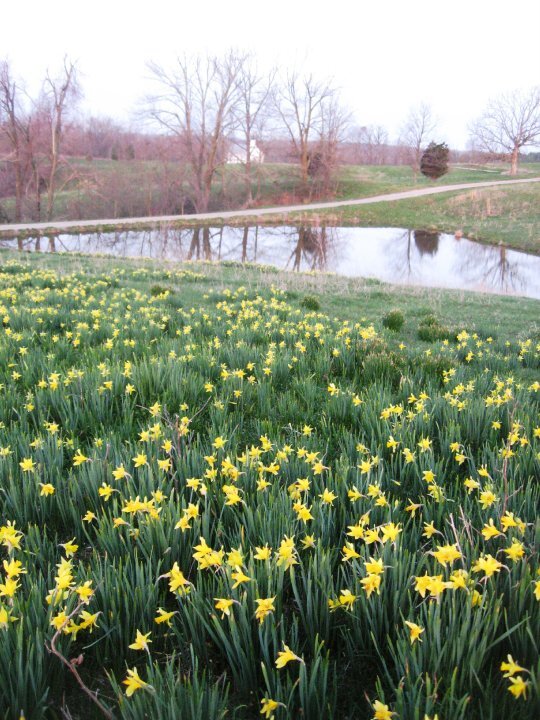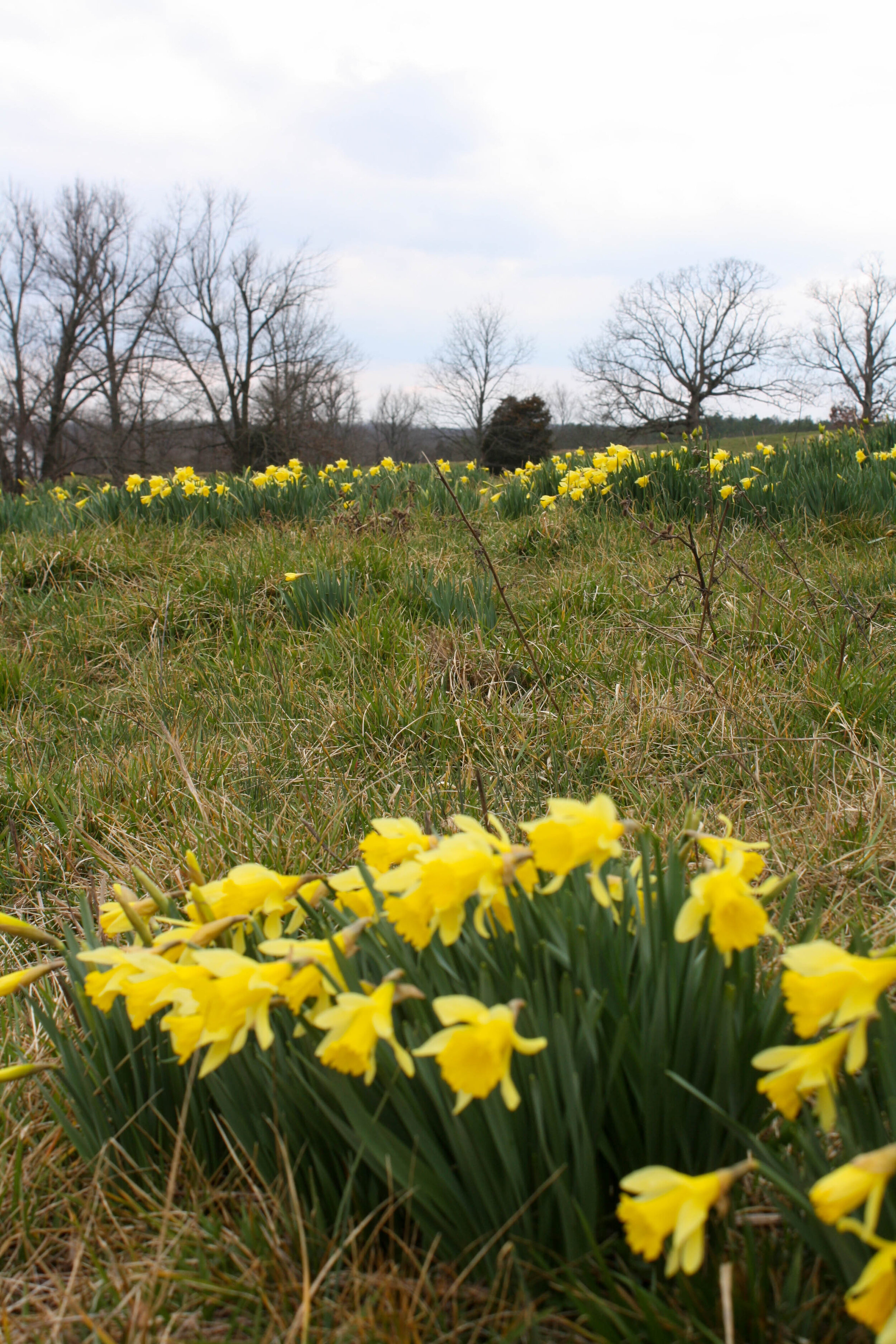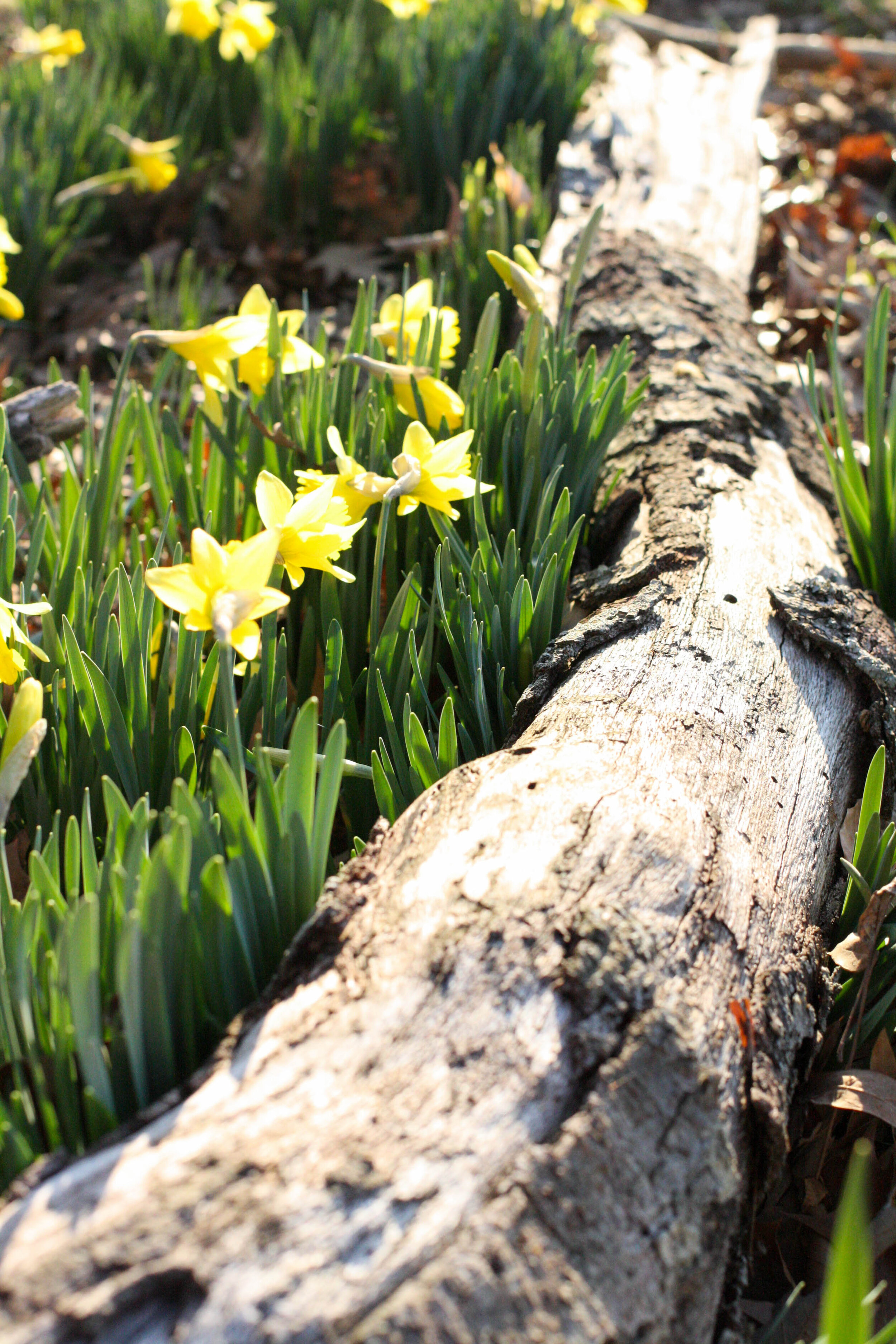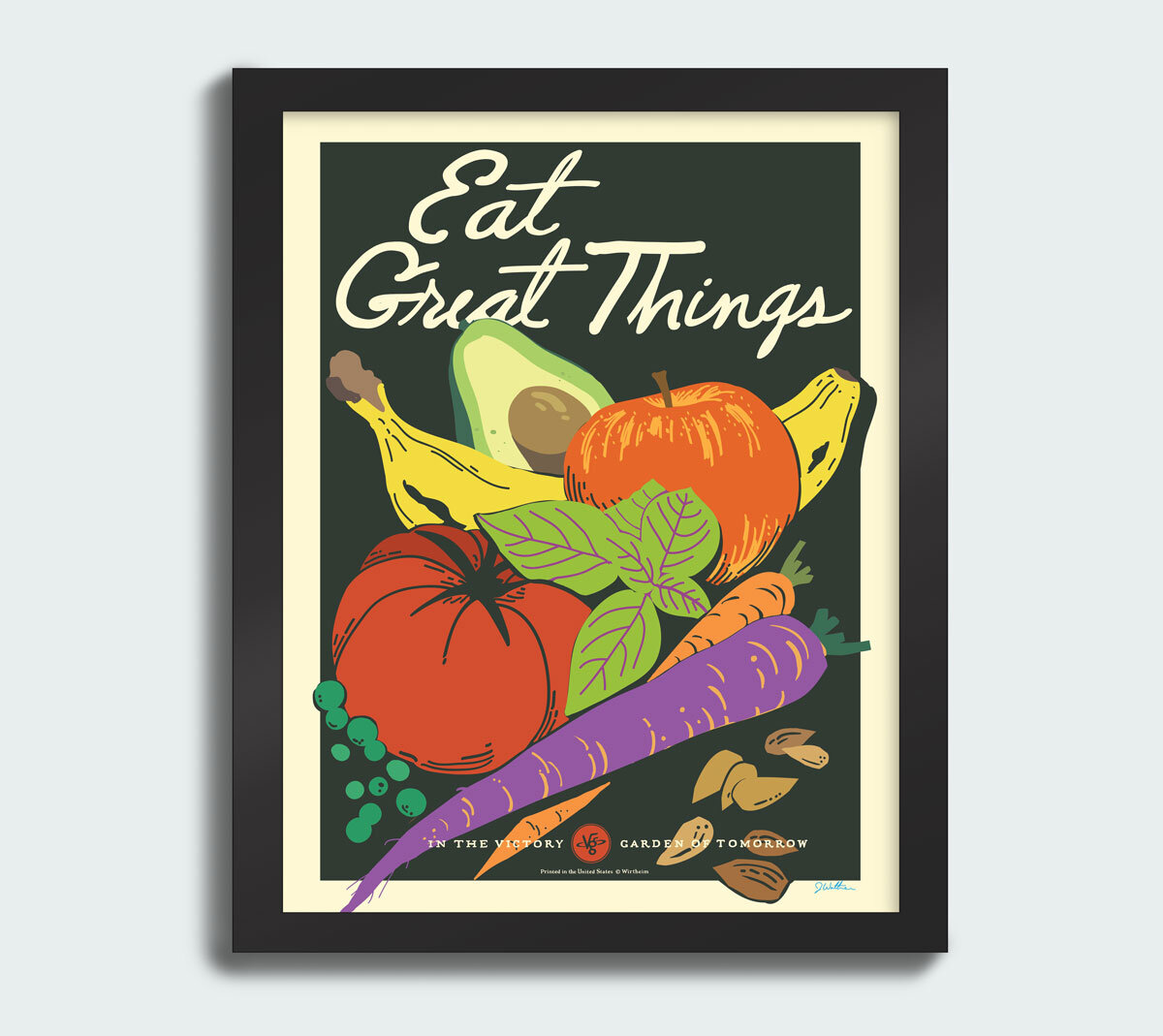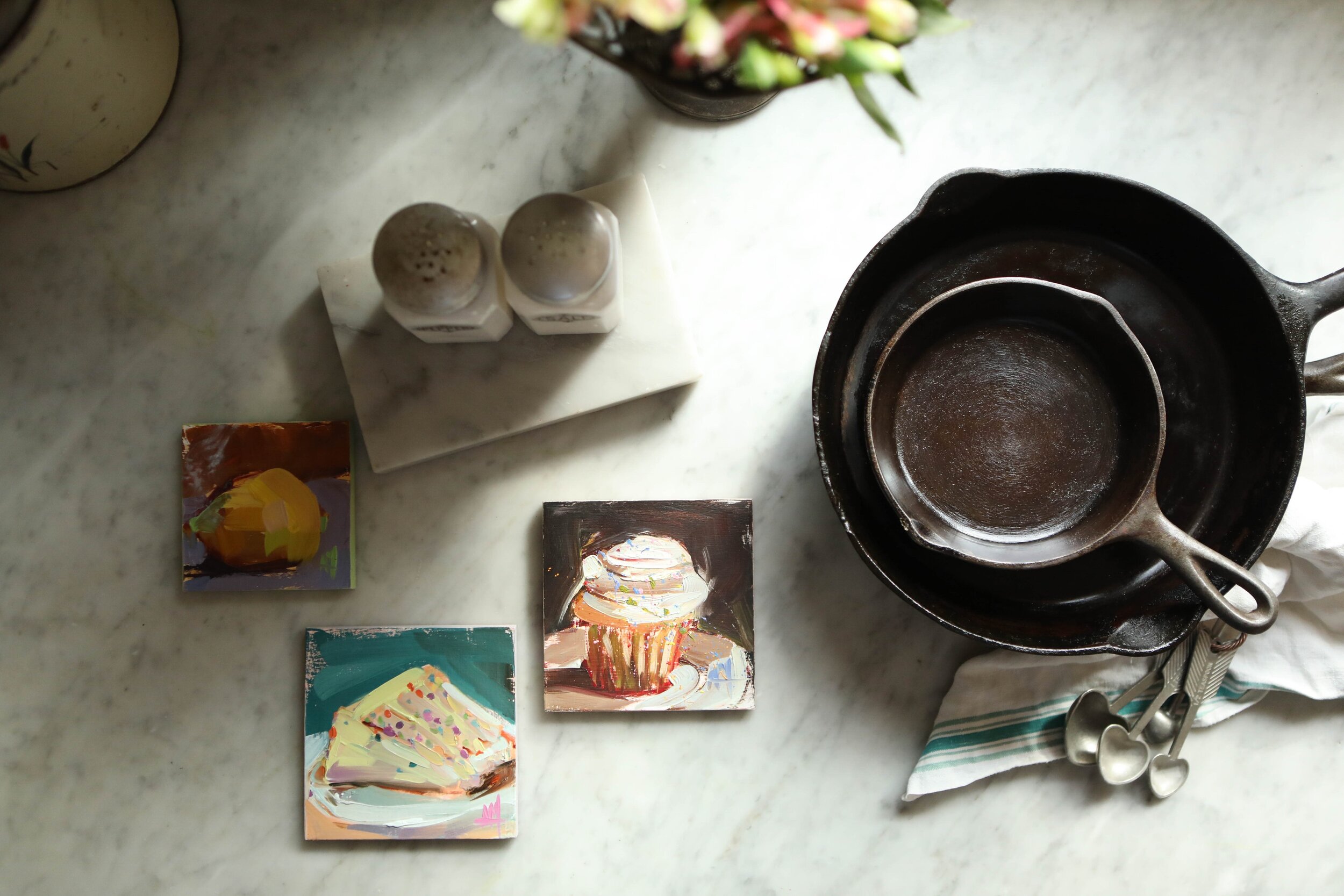You're Invited! A Kentucky Handmade Weekend
Ben Ashby
A KENTUCKY HANDMADE WEEKEND
A weekend long popup shop of American & Locally made goods, vintage finds, & folk art along with a series of workshops, demos, & classes.
A one hundred and twenty one year old farmhouse sits back off the one lane rural route road. Wildflowers, crops, and butterflies line the lane. Two decades old maple trees cast shadows and shade over the white farmhouse as time worn wooden swings welcome you to come and sit a spell. Memories of the past, of farm life, and of life outside a small town of three hundred dance and swirl all around. Heirloom quilts on the line, a garden back behind, and apples ripening in the orchard just beyond tell timeless stories. Life is simple and slow here. Life is sweet here, just like the ever present iced tea. We welcome you into our world, we invite you to in, we hope it feels like home.
This summer we start a new tradition at the farm…A Kentucky Handmade Weekend. A weekend where we celebrate hand made, maker made, locally made, and American made. We invite you to join us for a weekend of classes and workshops taught by expert instructors on topics ranging from quilting to basket making, illustration, and pottery. We invite you to join us for our popup shop of hand made goods, art, and vintage finds. We invite you to come and relax and watch the corn and beans grow. We’ll provide endless lemonade and sweet tea.
SCHEDULE OF EVENTS
FRIDAY
POPUP SHOP 10-5
Browse our tent filled with handmade, locally made, and American made goods, along with a mixture of fine antiques and vintage goods.
INTRO TO HAND LETTERING 2-4
Terri Minton will lead this workshop that takes you through the skills and exercises needed to master hand-lettering. $30
SATURDAY
POPUP SHOP 9-4
FLORA & FOLIAGE POTTERY WORKSHOP 9-11
Claudia Overstreet guides this pottery workshop. Students will be creating plates with impressions of foliage. $30
LEATHER BOUND JOURNAL WORKSHOP 11:15-1:45
Riley Minton will guide students through the art of journal making and binding. $35
FARMHOUSE JELLY BASKET WORKSHOP 11-2
Janice Tomblinson leads this beginner basket making workshop. Create a simple and easy to master basket that is farmers market ready. $35
GOURMET SACK LUNCHES
Available throughout the day. A perfect quick lunch between classes. A delicious homemade "sack lunch" of a sandwich, fruit cup, drink, and dessert will be available for $7. Gluten free and vegan options will be available. Must reserve before event.
SUNDAY
POPUP SHOP: 9-4
BASKET MAKING 9-11:30 (SECOND OFFERING)
FLORA & FOLIAGE POTTERY WORKSHOP 11-1 (SECOND OFFERING)
HOLLY HOBBIE OPEN HOUSE 11-1
The national Holly Hobbie convention is the same weekend in Beaver Dam. During this time we welcome attendees for a light lunch and conversations on the lawn of the farmhouse.
BLYTHE MEET UP & PLAY DATE
Earth Angels Studios owner Jen O'Connor hosts this light and festive Blythe meet up. Bring your Blythe and a spirit of whimsy.
A HOLLY HOBBIE & HEXY QUILT PINKEEP 1-3
Guest educator Christie Jones Ray will lead this workshop that celebrates Holly Hobbie. $30
LEMONADE WITH LETTY 3-4
The weekend draws to a close with a toast to 2021 and fresh lemonade with bear maker and soft sculpture artist Letty Worley.
WORKSHOP INFORMATION
WEEKEND HOSTED BY OHIO COUNTY ARTISTS GUILD & EARTH ANGELS STUDIOS
INTRODUCTION TO HAND LETTERING
Have you seen all the brush calligraphy around and want to try it for yourself? In this two hour workshop Terri Minton will teach you the basics of this creative hobby.
$30 workshop fee includes: 2 hours instruction learning basic strokes, letters, forming words and how to practice your new hobby. Your own brush pen by Tombow USA and sample of the papers best used for practice. Printed practice worksheets written by Terri to help you continue to improve.
FLORA & FOLIAGE POTTERY WORKSHOP
$30. Students can make either one large plate or two small ones, by pressing leaves and other foliage into the clay and draping the clay over molds. Both round and square plate molds will be provided. Leaves, stamps, and foliage will be provided but you may bring your own from your home or garden to make your piece more personal to you.
The pieces will be left to dry, and Claudia will add colored pigment to the texture and a clear glaze over top then fire them in her kiln. Pickup will be arranged approximately one month after the date of the class. All completed pieces are dishwasher, microwave, and oven safe.
LEATHER BOUND JOURNAL WORKSHOP
There is nothing more timeless than a leather bound journal. Whether it be details of a long awaited trip or your grandmother's secret recipes, a journal can hold all your favorite memories. What would be more special than making it yourself, a treasure to pass down to the next generations
In this 3 hour class Riley Minton will show you how to bind your own journal and make a leather wrap around cover and tie. All materials and instruction are included in the $35 class fee. You will leave with a beautiful hand-bound leather journal to keep for yourself or present as a thoughtful gift.
FARMHOUSE JELLY BASKET WORKSHOP
Make your own rustic Farmhouse Jelly Basket and then tuck two of your favorite flavors into it. A generous 8 1/2” long, 5” wide and 9” high. Features a double wire and wood handle. Can also serve as a great basket to keep your cell phone and keys corralled. This is a beginner basket class - suitable even those who have not previously made a basket. Class fee includes pattern, all materials to make this basket and class instruction. Some “tools” will be provided for use in class. Students should bring an apron or old T-shirt, and an old towel or hand towel. Class cost - $35.00
HEXIES & HOLLY HOBBIE WORKSHOP
Hosted by Author, Illustrator & Toymaker Christie Jones Ray. Won’t you join us as we take a little trip down memory lane...back to the calicos and ginghams of the 70’s...Inspired by Holly Hobbie’s patchwork frocks, we will be hand-stitching a small cushion of vintage muslin, calicos, and ginghams, embellished with an EPP flower, stuffed with fragrant lavender buds and natural cotton, with the finishing touch ...a tiny vintage shell button.
You decide if your cushion will be safekeeping for pins and needles...a sachet...or a pillow perfect for your dolly’s bed. If you are new to the world of English Paper Piecing, Christie will be offering tips and tricks, in hopes that you’ll fall in love with this traditional craft that has a fresh appreciation among many.
All materials and keepsake notions provided. Basic sewing skills needed. Please bring your favorite pair of scissors for cutting fabrics. $30
WEEKEND HOSTS
The Ohio County Artist Guild was created a decade ago as a community of local makers, artists, and creatives that desired to promote and celebrate the arts within rural Ohio County, Kentucky. Today The Guild hosts a variety of workshops and pop up shops each year throughout the county. The Guild is incredibly proud to sponsor an annual arts based scholarship each year to a student at Ohio County High School.
Earth Angels Studios is a well-recognized source for contemporary folk art and a trendsetter in the handmade industry with an on-line gallery and a calendar of appearances across the US and Europe. Owner and Founder Jen O’Connor also works as a consultant, providing business development services and coaching artful entrepreneurs. Jen writes "I live a handmade life. In 2000, I left behind a career organizing urban markets in my hometown of New York City to cultivate my own business managing a talented group of female artists and selling their creations as I raised my kids in Orange County, New York.
LOCATION The weekend’s events are located at the Walton Creek Inn an airbnb and centuries old homestead outside of Centertown, Kentucky. Starting in August 2020 the home will be available for short-term and long term Airbnb rentals. 321 Chandle Loop, Centertown, KY 42320












